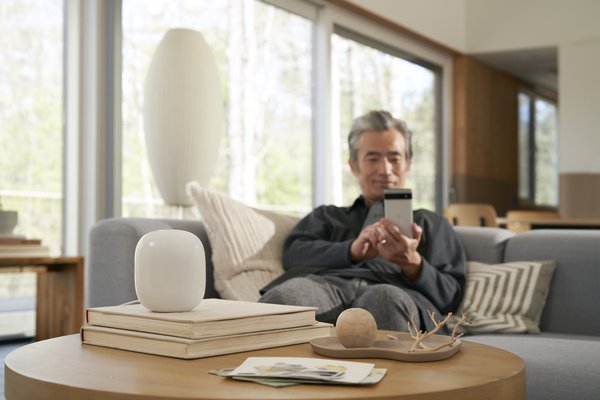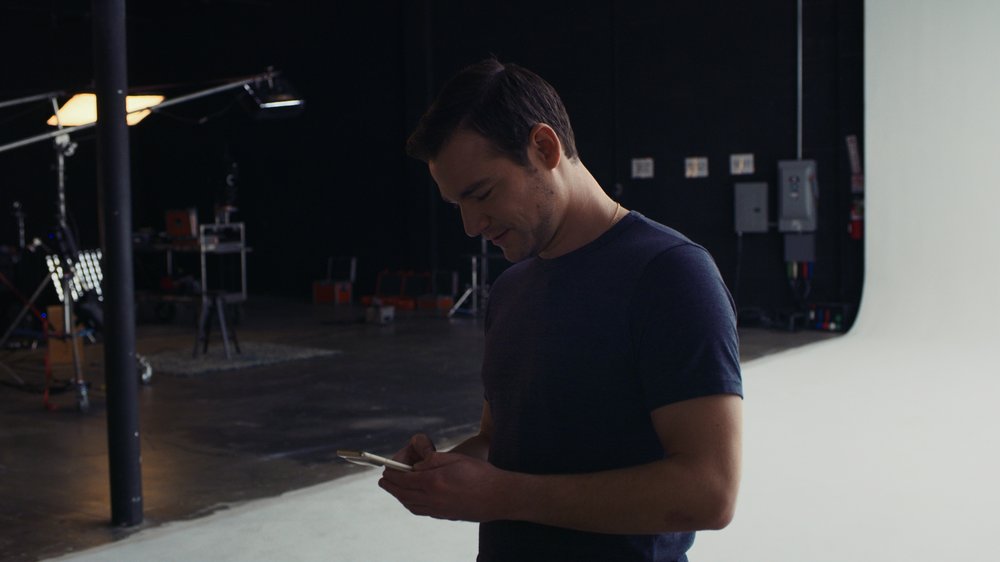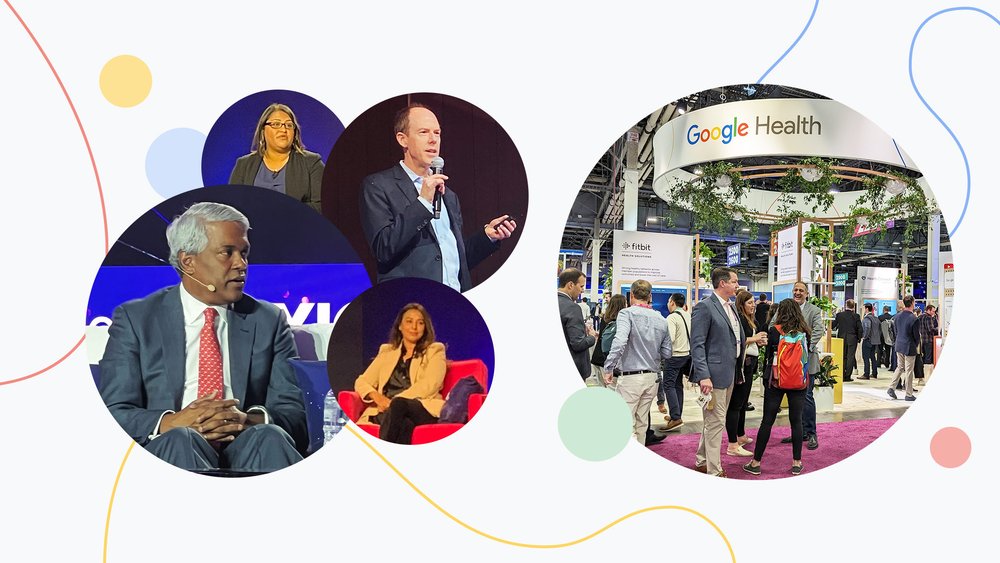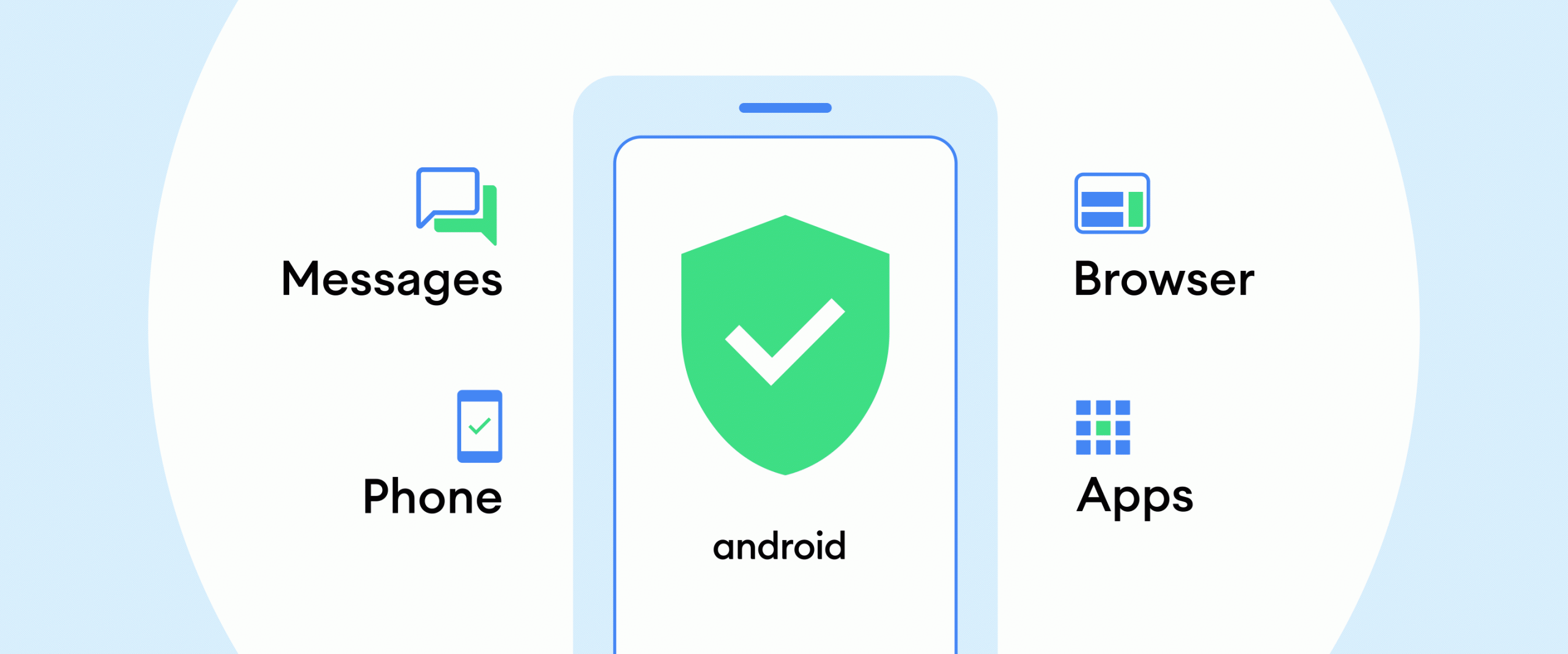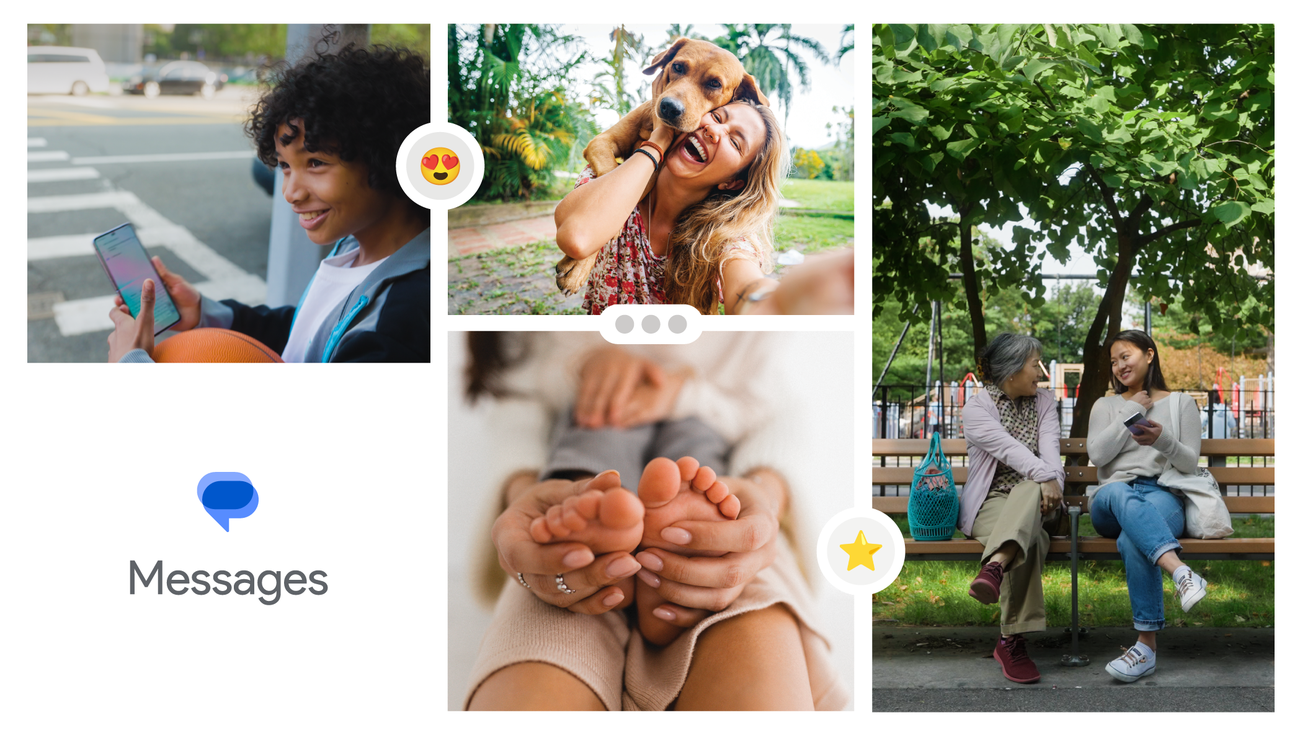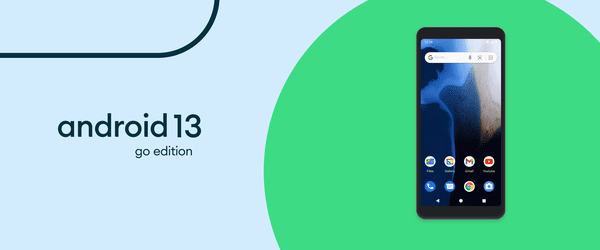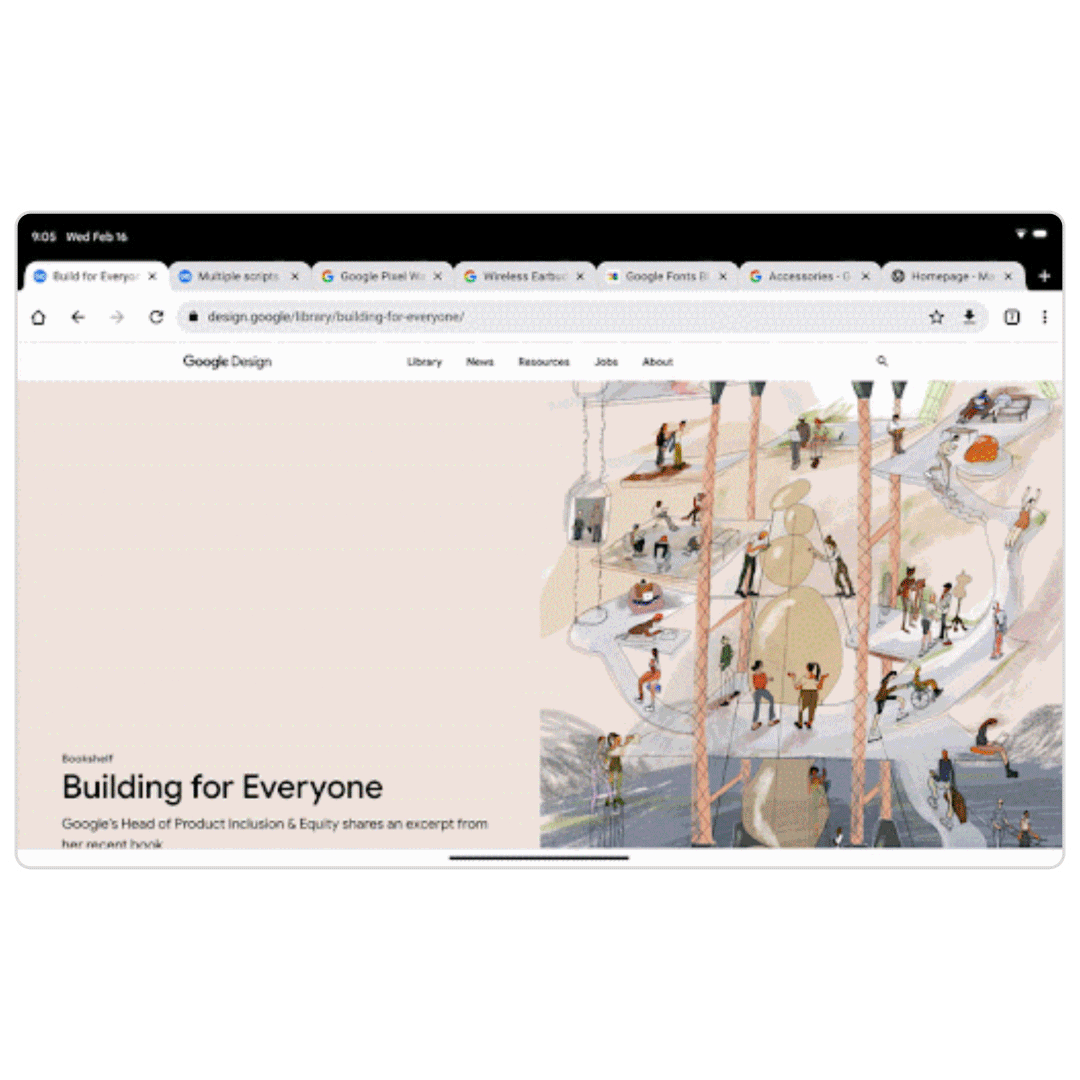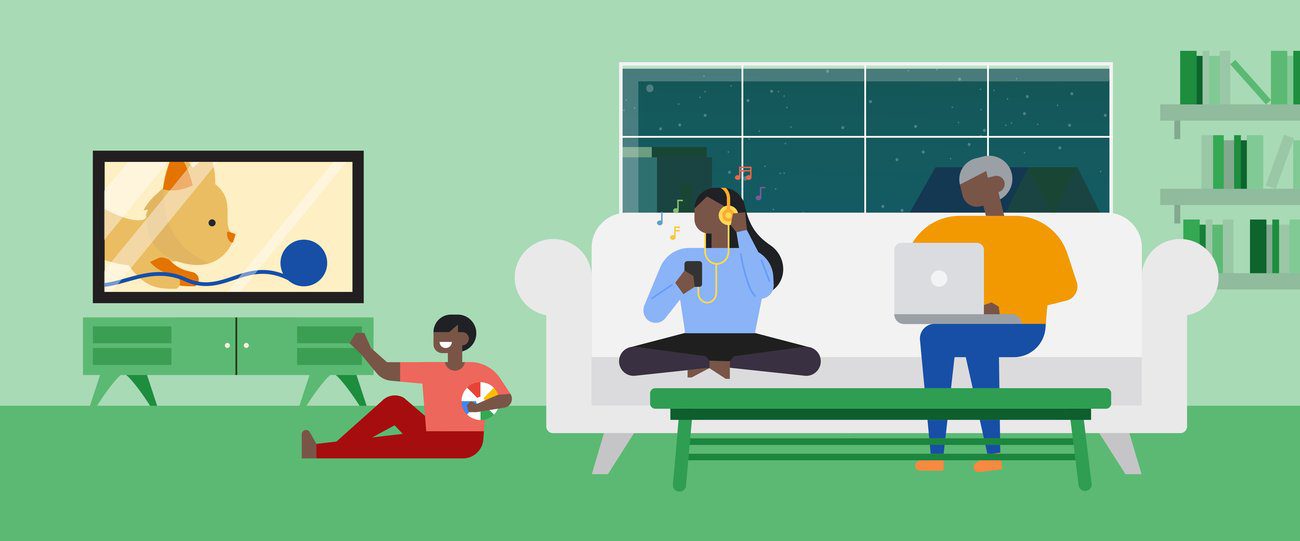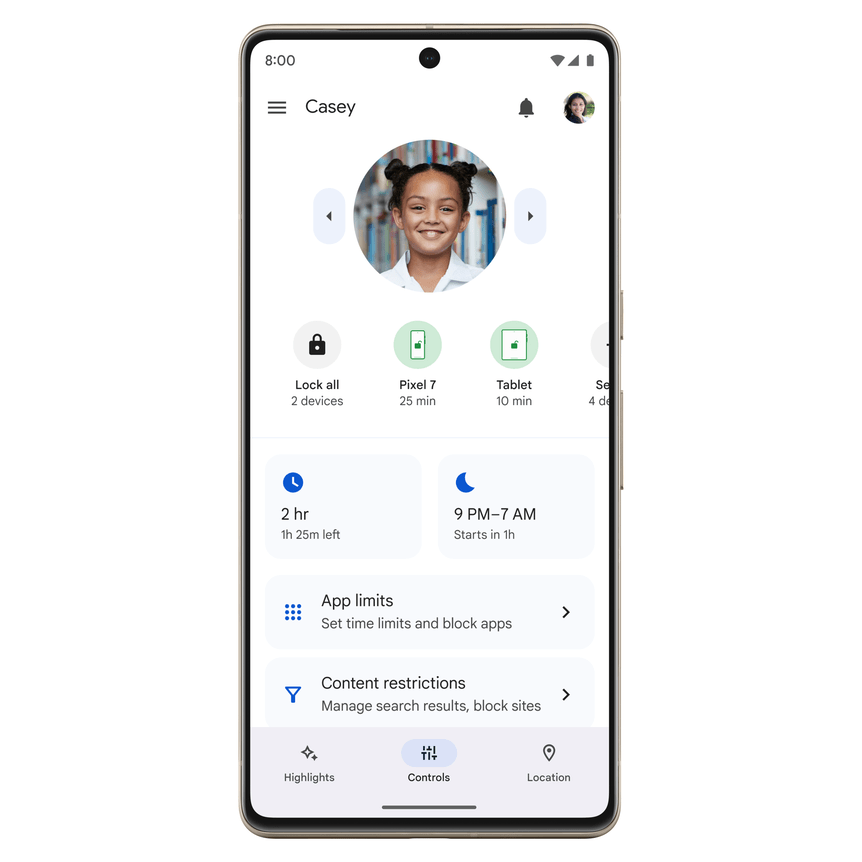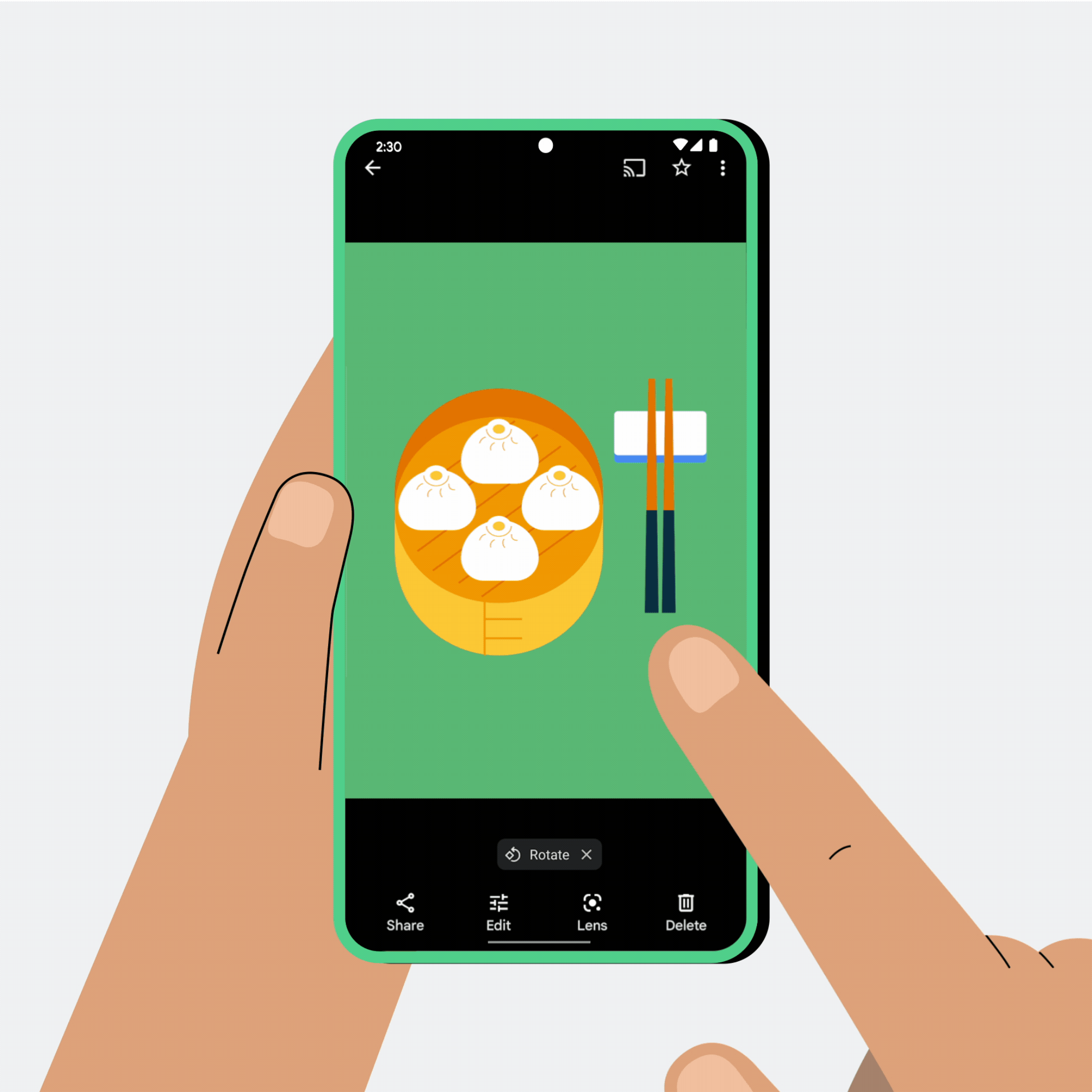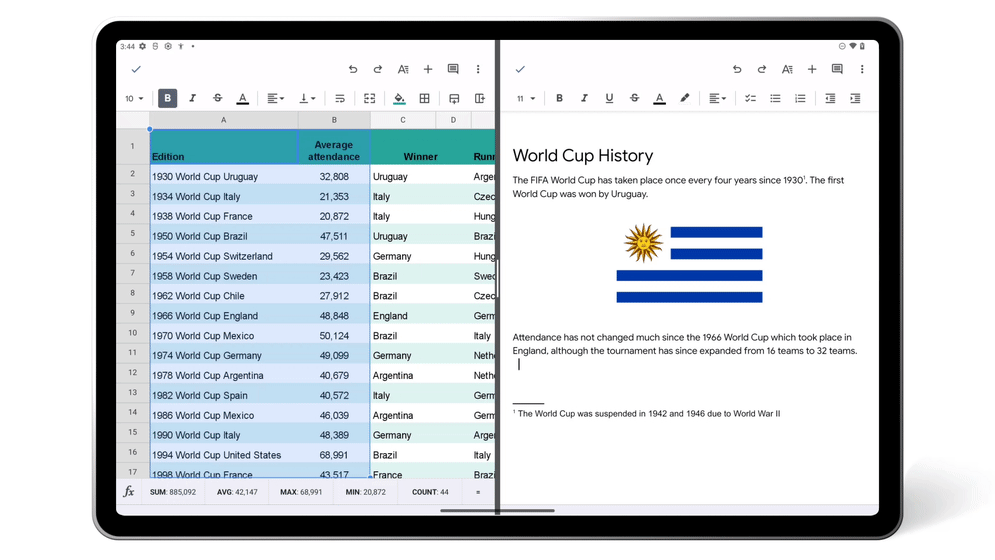Kategorie: Android
-

5 ways to bring in the Year of the Rabbit with Google5 ways to bring in the Year of the Rabbit with GoogleMultifamily Success Manager, Google Fiber
Reading Time: < 1 minuteHappy Lunar New Year! Here’s how you can use Google products to celebrate the Year of the Rabbit or Year of the Cat.Happy Lunar New Year! Here’s how you can use Google products to celebrate the Year of the Rabbit or Year of the Cat.Website: LINK
-

7 ways Android helps your devices work better together7 ways Android helps your devices work better togetherVP of Engineering, Android
Reading Time: < 1 minuteAt CES 2023, we’re sharing our progress toward delivering helpful experiences across your devices, regardless of brand.At CES 2023, we’re sharing our progress toward delivering helpful experiences across your devices, regardless of brand. Website: LINK
-

Uninterrupted listening across devices with AndroidUninterrupted listening across devices with AndroidDirector of Product Management, Android
Reading Time: < 1 minuteAt CES 2023, we’ll share new experiences for bringing media with you across devices and our approach to helping devices work better together.At CES 2023, we’ll share new experiences for bringing media with you across devices and our approach to helping devices work better together. Website: LINK
-

Bringing the best of Android to improve your driveBringing the best of Android to improve your driveDirector of Product and User Experience
Reading Time: < 1 minuteAndroid for Cars is rolling out new updates across Android Auto, digital car key, and cars with Google built-in.Android for Cars is rolling out new updates across Android Auto, digital car key, and cars with Google built-in. Website: LINK
-

Matter is now available on Google Nest and Android devicesMatter is now available on Google Nest and Android devicesDirector of Product Management, Google Home
Reading Time: < 1 minuteMatter is now available across Google Nest and Android devices.Matter is now available across Google Nest and Android devices. Website: LINK
-

Special delivery! New Android features this holiday seasonSpecial delivery! New Android features this holiday seasonDirector, Product Management
Reading Time: < 1 minuteRoundup of new Android features.Roundup of new Android features. Website: LINK
-

Helping increase d/Deaf representation in the media industryHelping increase d/Deaf representation in the media industryGoogle Partnerships and DSPA Social Impact Lead
Reading Time: < 1 minuteJanelle Brod Google Partnerships and DSPA Social Impact Lead Share Even though over 15% of the world’s population has some form of disability, people with disabilities continue to be underrepresented in the entertainment industry. One organization helping change that is Deaf West Theatre, which was founded in Los Angeles in 1991. This group uses the…
-

Unlocking the potential of technology to support healthUnlocking the potential of technology to support healthChief Health Officer, Google
Reading Time: 4 minutesThis week kicked off the HLTH Conference in Las Vegas where thousands of healthcare leaders, care providers, patients and other people in the industry — like our teams at Google — are coming together to discuss how to create a healthier world. At Google, we believe that technology — especially AI and…
-

How Android protects you from scams and phishing attacks …
Reading Time: 4 minutes Cybercriminals are targeting smartphones and tablets more than ever before. Thatâs because people are spending more time on their mobile devices, and theyâre using them to send and store significant amounts of valuable data â like banking information, healthcare data and passwords. Cybercriminals are also targeting mobile devices because of their…
-

A new look and feel for Chrome on Android tabletsA new look and feel for Chrome on Android tabletsProduct Manager, Chrome
Reading Time: < 1 minuteUse tab groups on your tablet If you use Chrome on your computer, you probably already know how convenient tab groups are. Keep an eye out — tab groups are coming soon to Chrome on Android tablets. You’ll be able to stay organized by grouping related tabs together so you can…
-

New features to help keep kids and families safer and entertained with techNew features to help keep kids and families safer and entertained with techGM, Kids and Family
Reading Time: < 1 minuteOver the last five years, the Family Link app on Android and iOS have been helping families stay safer online. Whether it’s with your child’s first Android phone or exploring content on YouTube and Google TV, we’ve provided parents with the tools to set screen time limits and guide children to…
-

A new look for Family Link, plus new features to stay saferA new look for Family Link, plus new features to stay saferProduct Manager
Reading Time: 2 minutesWe have redesigned Family Link to bring our most-used tools to the forefront. Parents will find their favorite features (like screen time limits and blocking and approving apps) in an all-new experience, and a central place for viewing requests and notifications. We’re also bringing new features that parents are asking for. Parents…
-

How we’re making it easier to share files with nearby devicesHow we’re making it easier to share files with nearby devicesKeyword Contributor
Reading Time: 4 minutesWe built Nearby Share to make it easier to send your content across your devices that are nearby, whether it’s a photo, link, document or even a Wi-Fi password. There are so many ways Nearby Share can help you throughout your day — and some you might not even know about. To…
-

Get more done and have fun with new Android featuresGet more done and have fun with new Android featuresSenior Director, Product Management, Android
Reading Time: 5 minutesThe team behind Android is always working on new features to help you stay productive, communicate with loved ones and enjoy entertainment across devices. From easier sharing, redesigned experiences for apps and watches to new ways to host game nights, here’s what’s new. Get more done across your devices Nearby Share lets…
-

New features for businesses in Android 13New features for businesses in Android 13Senior Product ManagerProduct Manager
Reading Time: 3 minutesAndroid 13 gives businesses using Android Enterprise new ways to get more out of their devices — including an upgraded Android Management API, an easier-to-use work profile, and more ways for IT admins to manage and protect company and employee devices. Let’s take a closer look at these new business features. More…
-

Lucky number Android 13: The latest features and updatesLucky number Android 13: The latest features and updatesVP of Product Management
Reading Time: 5 minutesAndroid 13 helps ensure your devices feel unique to you – on your terms. It comes jam-packed with new capabilities for your phone and tablet, like extending app color theming to even more apps, language settings that can be set on an app level, improved privacy controls and even the ability to…
-

10 favorite moments from a decade of Google Play10 favorite moments from a decade of Google PlayVP, Google Play
Reading Time: 3 minutesThink back to 2012: “Call Me Maybe” was on top of the music charts and “Venmoing” wasn’t a mainstream verb yet. Android — with its mission to make mobile computing accessible to everyone, everywhere — was just a few years old. That year, we opened the (digital) doors of Google Play. A…
-

New Google Workspace features for Android’s larger screensNew Google Workspace features for Android’s larger screensSenior Director, Product Management, Android
Reading Time: 3 minutesAfter a long day, I love to lounge on the couch, tablet in hand, checking my emails and adding to my to-do lists while watching TV. It’s a great way to stay productive and get things done — and it’s about to get even easier to use your tablet to stay up…
-

How we’re helping you switch audio between devicesHow we’re helping you switch audio between devicesProduct Manager, Multi-Device Experiences
Reading Time: 2 minutesNot too long ago, I had to plug and unplug my headphones any time I switched from playing games on my computer to listening to music on my MP3 player. So when I finally got my first set of wireless headphones, I was excited to avoid tangled cables and start using a…

